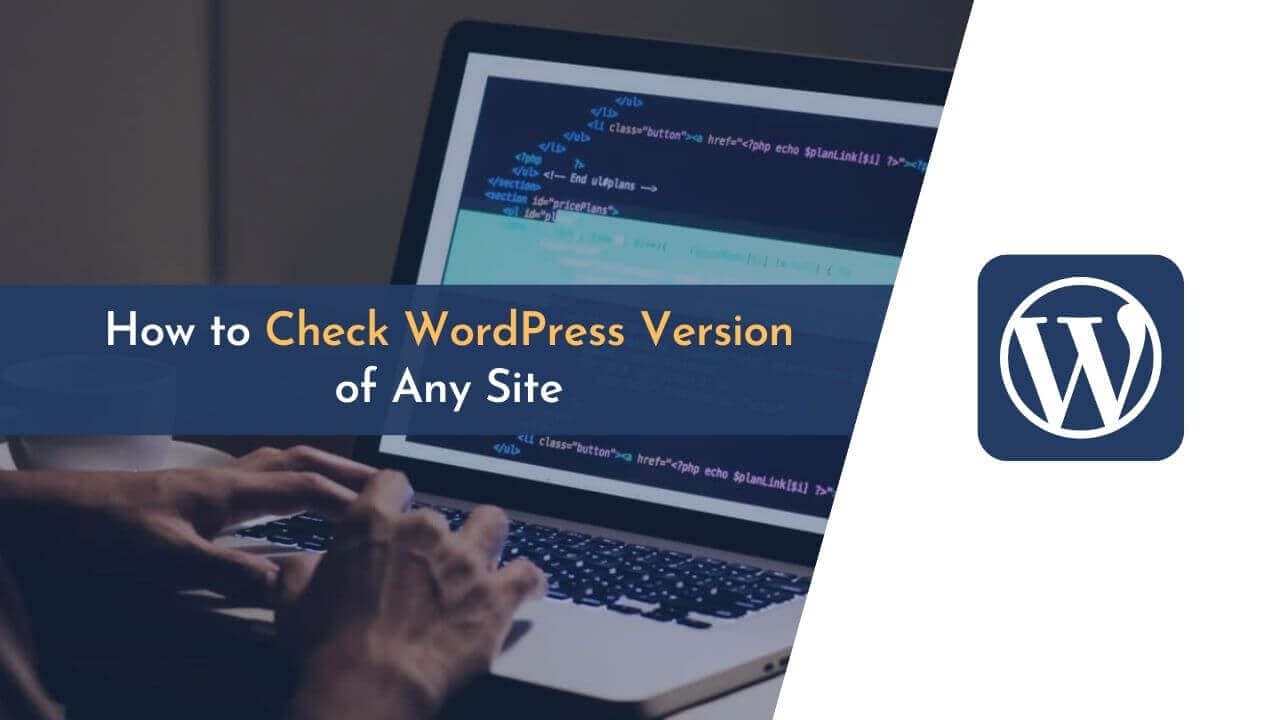WordPress is one of the most popular content management systems (CMS) in the world, with millions of users worldwide. The software is regularly updated with new features, security patches, and bug fixes. As a result, it’s important to keep your WordPress site up-to-date to maintain optimal performance and security.
One of the first things you should do when troubleshooting a WordPress issue is to check which version of WordPress is installed on the site. Luckily, checking the WordPress version of any site is easy.
There are multiple ways to do it, but we will focus on the most common and easiest way. This method requires no special skills or knowledge and can be done by anyone.
So let’s get started…
Why Should You Check the WordPress Version?
As we mentioned earlier, WordPress is updated regularly. And it’s important to keep WordPress updated since new releases often include security improvements and bug fixes. Most updates are minor, but occasionally there will be a major release that includes significant changes to the software.
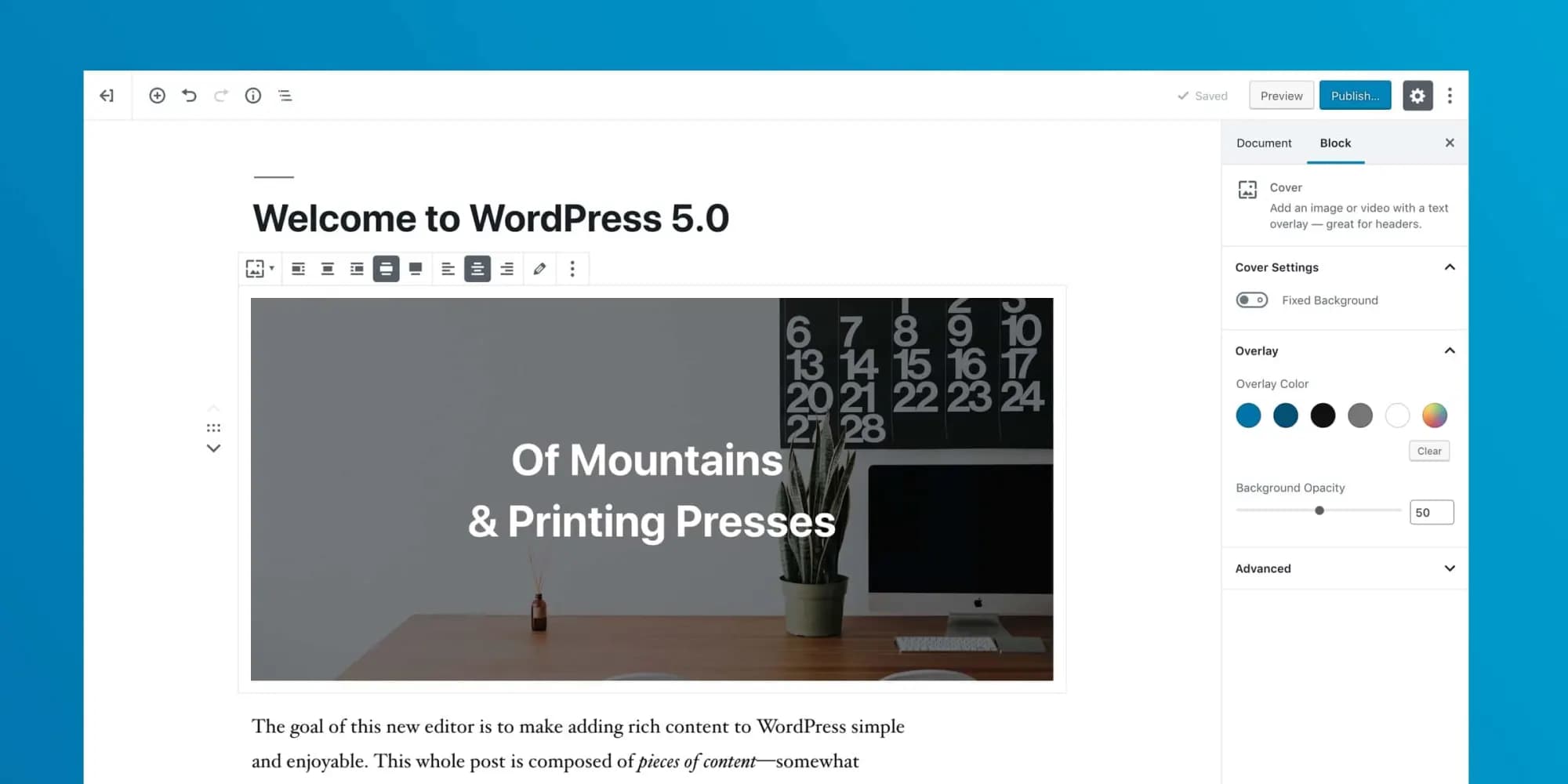
For example, WordPress 5.0 (AKA “Bebo”) was a major release that included a brand new editor called Gutenberg, which completely changed the way we created posts and pages.
Here are a few reasons why you might need to check the WordPress version:
- New features – Each new WordPress release includes new features that can improve your website. For example, WordPress 5.5 introduced lazy loading for images, which can improve your site’s performance.
- Security – Outdated WordPress versions are more vulnerable to security exploits. By keeping WordPress up-to-date, you can make sure your site is as secure as possible.
- Compatibility – Newer WordPress versions are often incompatible with older themes and plugins. By updating WordPress, you can ensure that your site’s components are all compatible with each other.
- Bug fixes – New WordPress releases include bug fixes for both the core software and popular themes and plugins.
How to Check WordPress Version
Now that we understand the importance of keeping WordPress updated, let’s take a look at how to check which version of WordPress is installed on your site.
There are four different ways to check which version of WordPress you are running. We’ll start with the easiest method and then move on to the more advanced methods.
These methods are as follows;
- Finding WordPress Version from Dashboard
- Finding WordPress Version from Source Code
- Getting WordPress Version from RSS Feed
- Finding WordPress Version from Readme File
So, without further ado, let’s get started…
Method 1: Finding the WordPress Version from the Dashboard
This is the most straightforward way to check which version of WordPress is installed on your site. All you need to do is log into your WordPress dashboard, and you will see the WordPress version number in the footer area.
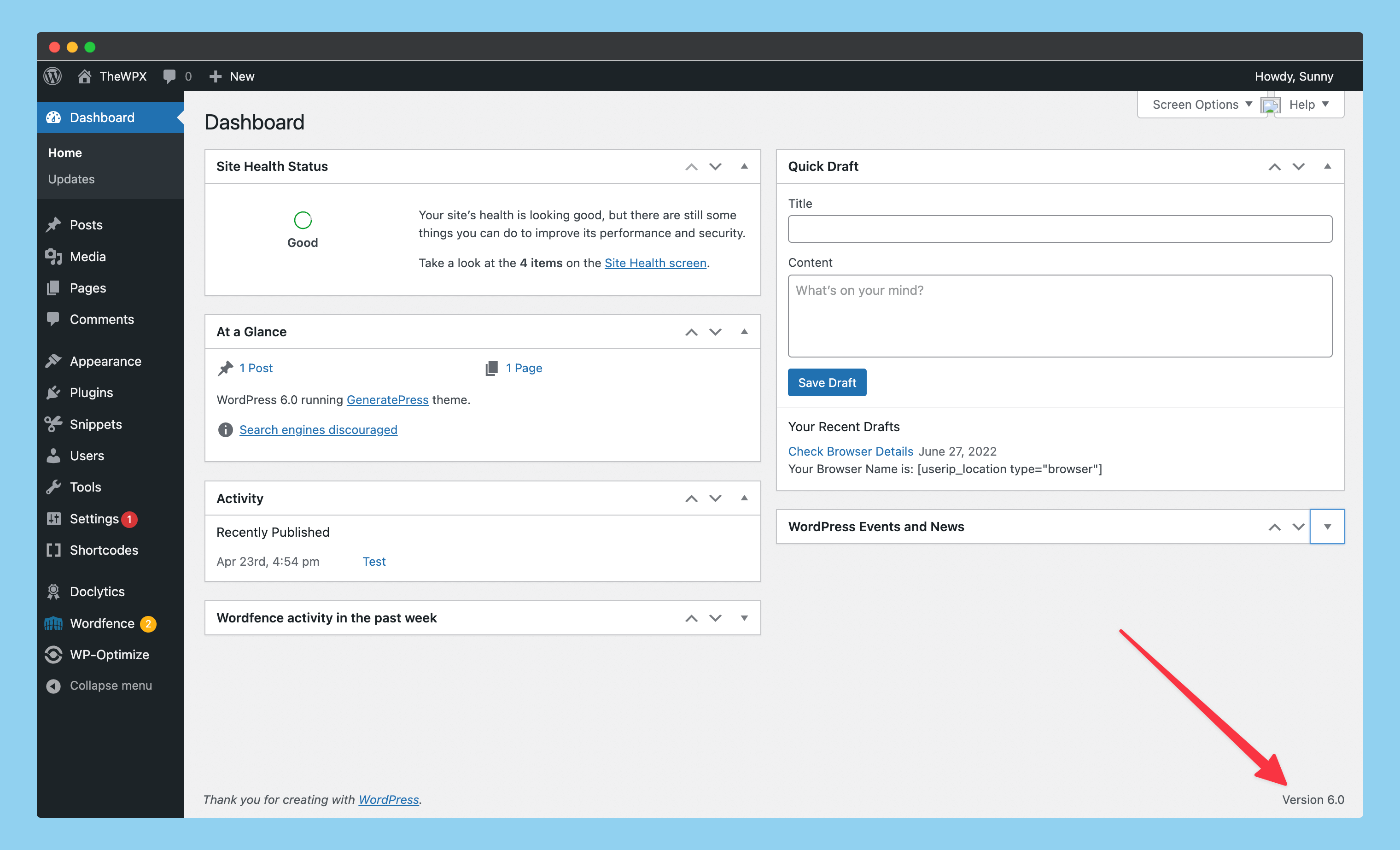
In the screenshot above, you can see that the WordPress version number is displayed in the footer area. If you are running an older version of WordPress, the version number may be located somewhere else.

Alternatively, you can go to the Updates screen by clicking on the ‘Dashboard > Updates’ option in the sidebar. On this screen, you will be able to see which version of WordPress you are running as well as any available updates.
Method 2: Finding WordPress Version from Source Code
If you can’t access your WordPress dashboard or if you want to check the WordPress version of another site, you can view the source code and look for a line that says “generator“.

To do this, open the homepage of the site in your browser and then press “Ctrl + U” on your keyboard (Windows) or “Option + Command + U” (Mac). This will open the page’s source code in a new tab.

Now that the source code is open, press “Ctrl + F” on your keyboard (Windows) or “Cmd + F” (Mac) to open the browser’s search function. Then, search for the word “generator“.
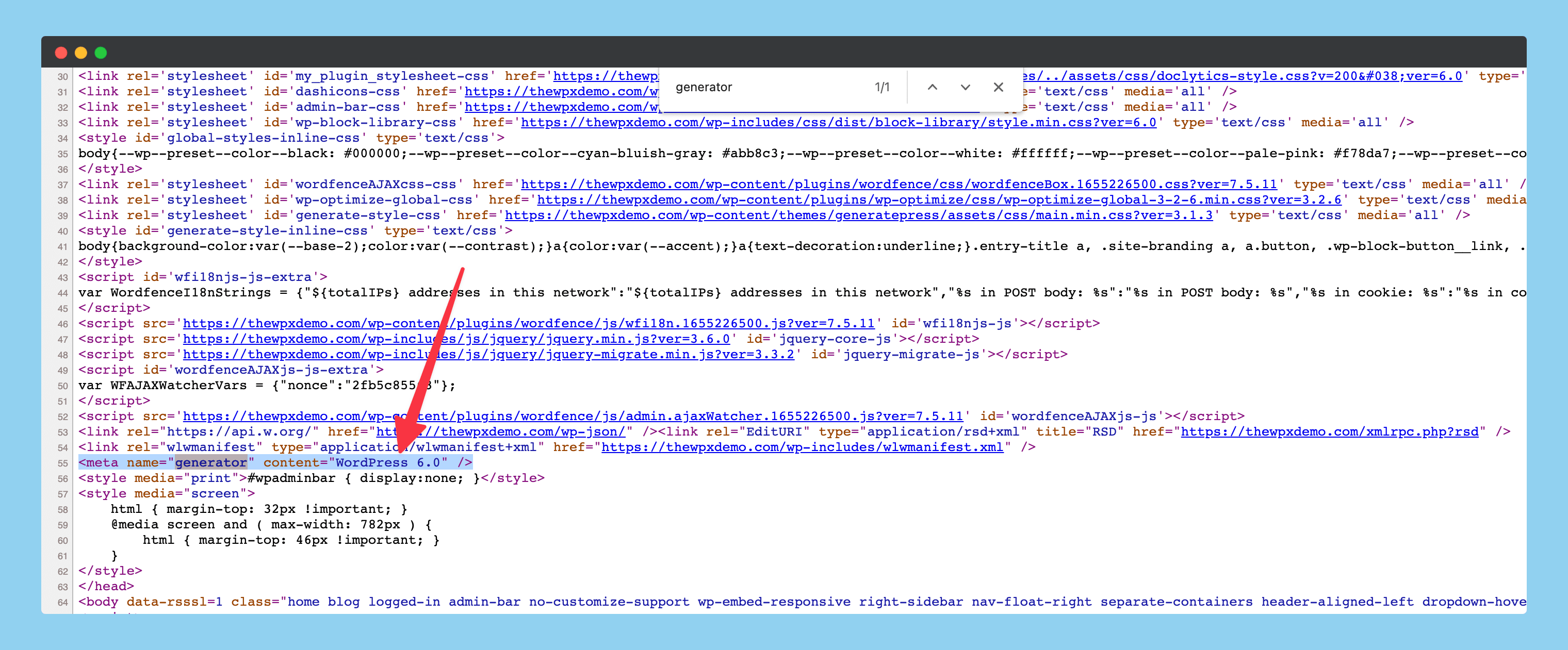
You should see a line of code that looks like this:
<meta name="generator" content="WordPress 6.0" />In the example above, the number after “content=” is the WordPress version number. In this case, the site is running WordPress 6.0. This method also works for other content management systems such as Joomla and Drupal.
Method 3: Getting WordPress Version from RSS Feed
Another most popular way to find the WordPress version number is by looking at the source code of the RSS feed. To do this, simply add “/feed/” to the end of the site’s URL.

For example, if the site’s URL is “example.com“, you would need to go to “example.com/feed/“. And when you are on the RSS feed page, press “Ctrl + U” on your keyboard (Windows) or “Option + Command + U” (Mac) to open the page’s source code.
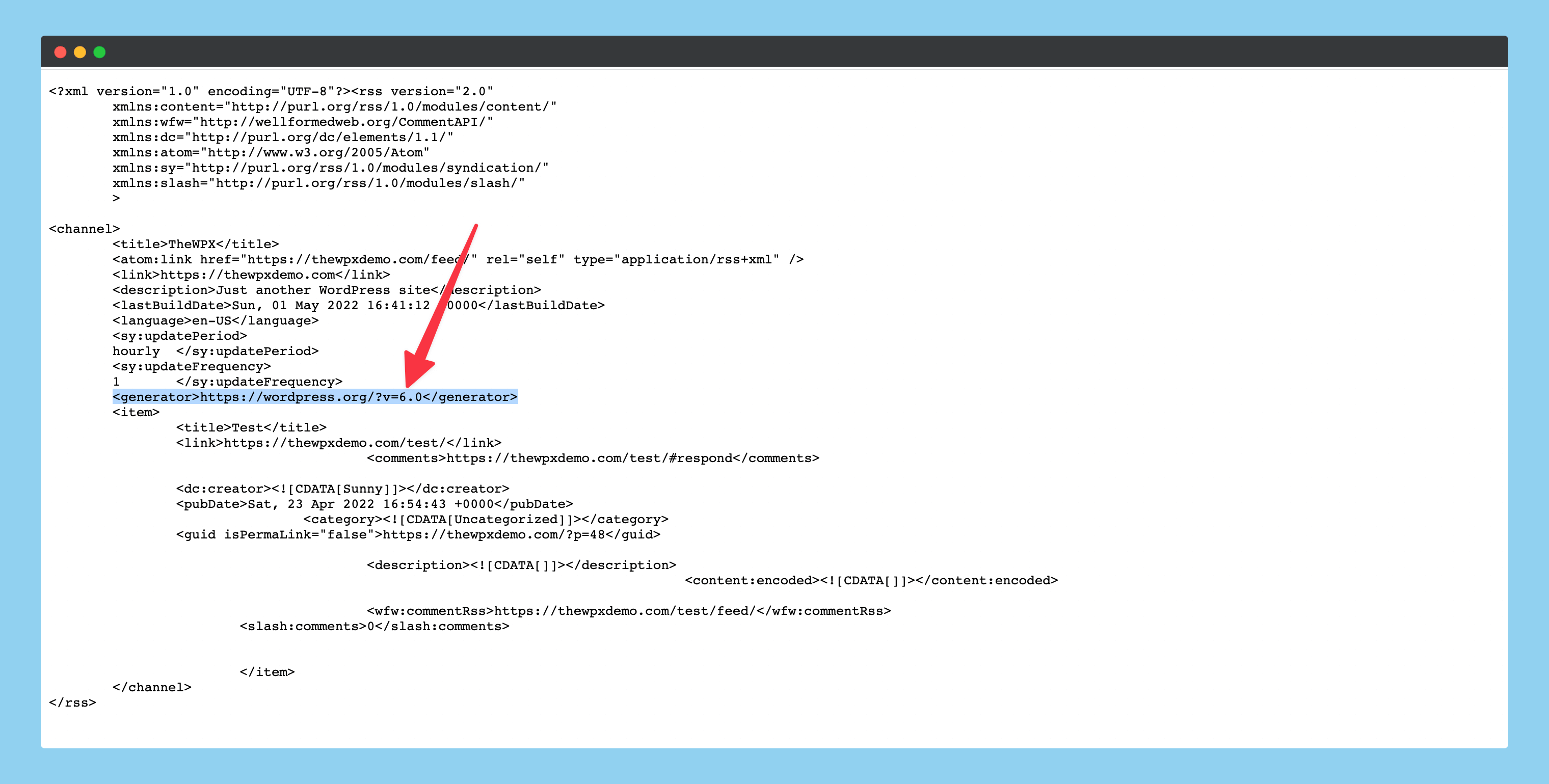
Then, using the browser’s search function, look for the word “generator“. You should see a line of code that looks something like this:
<generator>https://wordpress.org/?v=6.0</generator>In the example above, the number after “?v=” is the WordPress version number. In my case, the site is running WordPress 6.0. This method also works for other RSS feeds such as those from Blogspot and Tumblr.
Method 4: Finding WordPress Version from Readme File
Last but not least, you can check the WordPress readme file to find your WordPress version number. This file is located in the root directory of your WordPress site. To access it, you need to connect to your site using an FTP client like FileZilla.
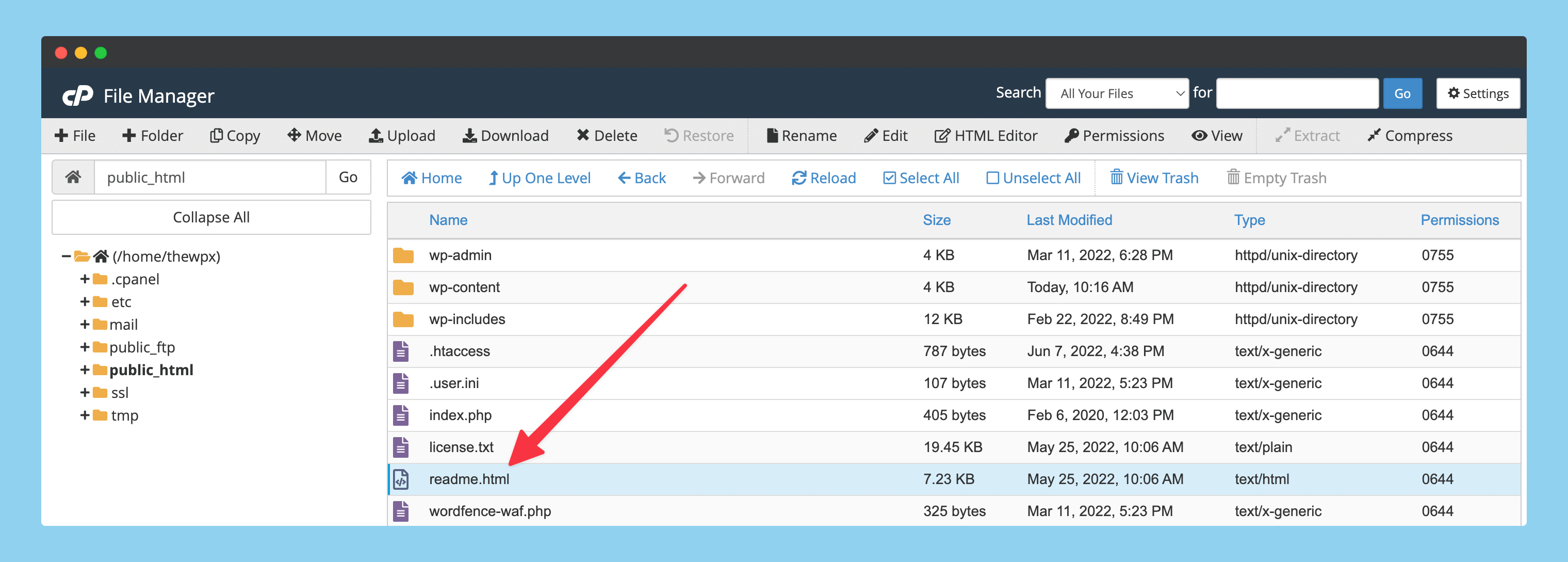
Once you are connected, go to the root directory of your WordPress site and look for a file called “readme.html“. When you open this file, you should see the WordPress version number near the top. In the example above, you can see that the site is running WordPress 6.0.
Final Words
So those were some of the most popular methods to find the WordPress version number. Personally, I prefer using the first two methods, as they are the most straightforward.
I hope this article helped you learn how to check which version of WordPress is installed on your site. You might also want to see our list of the most common WordPress errors and how to fix them.
If you liked this article, then please share it with your friends and followers on social media.

